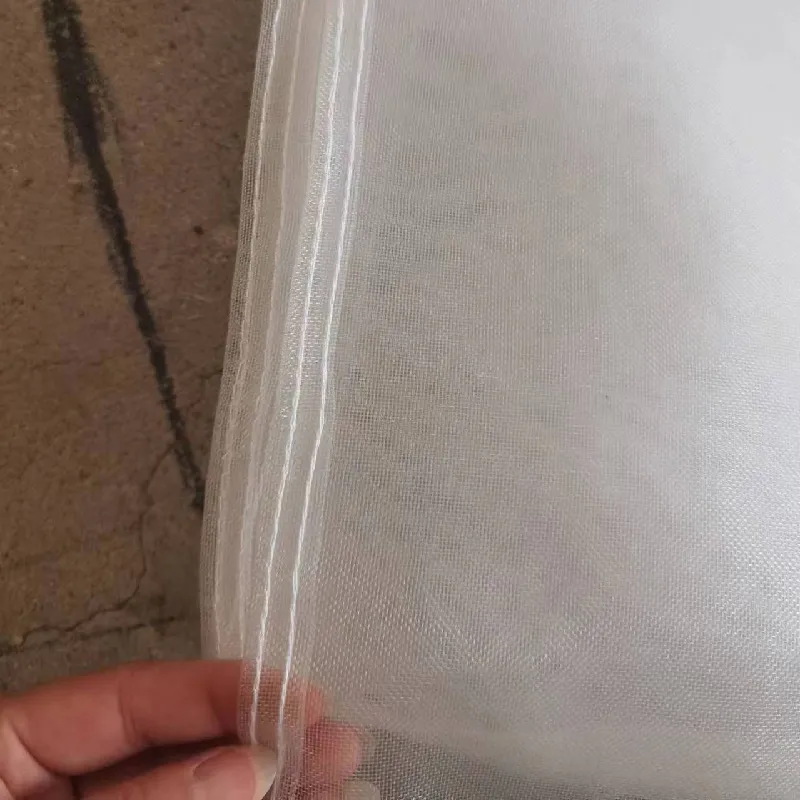-
 Afrikaans
Afrikaans -
 Albanian
Albanian -
 Amharic
Amharic -
 Arabic
Arabic -
 Armenian
Armenian -
 Azerbaijani
Azerbaijani -
 Basque
Basque -
 Belarusian
Belarusian -
 Bengali
Bengali -
 Bosnian
Bosnian -
 Bulgarian
Bulgarian -
 Catalan
Catalan -
 Cebuano
Cebuano -
 China
China -
 Corsican
Corsican -
 Croatian
Croatian -
 Czech
Czech -
 Danish
Danish -
 Dutch
Dutch -
 English
English -
 Esperanto
Esperanto -
 Estonian
Estonian -
 Finnish
Finnish -
 French
French -
 Frisian
Frisian -
 Galician
Galician -
 Georgian
Georgian -
 German
German -
 Greek
Greek -
 Gujarati
Gujarati -
 Haitian Creole
Haitian Creole -
 hausa
hausa -
 hawaiian
hawaiian -
 Hebrew
Hebrew -
 Hindi
Hindi -
 Miao
Miao -
 Hungarian
Hungarian -
 Icelandic
Icelandic -
 igbo
igbo -
 Indonesian
Indonesian -
 irish
irish -
 Italian
Italian -
 Japanese
Japanese -
 Javanese
Javanese -
 Kannada
Kannada -
 kazakh
kazakh -
 Khmer
Khmer -
 Rwandese
Rwandese -
 Korean
Korean -
 Kurdish
Kurdish -
 Kyrgyz
Kyrgyz -
 Lao
Lao -
 Latin
Latin -
 Latvian
Latvian -
 Lithuanian
Lithuanian -
 Luxembourgish
Luxembourgish -
 Macedonian
Macedonian -
 Malgashi
Malgashi -
 Malay
Malay -
 Malayalam
Malayalam -
 Maltese
Maltese -
 Maori
Maori -
 Marathi
Marathi -
 Mongolian
Mongolian -
 Myanmar
Myanmar -
 Nepali
Nepali -
 Norwegian
Norwegian -
 Norwegian
Norwegian -
 Occitan
Occitan -
 Pashto
Pashto -
 Persian
Persian -
 Polish
Polish -
 Portuguese
Portuguese -
 Punjabi
Punjabi -
 Romanian
Romanian -
 Russian
Russian -
 Samoan
Samoan -
 Scottish Gaelic
Scottish Gaelic -
 Serbian
Serbian -
 Sesotho
Sesotho -
 Shona
Shona -
 Sindhi
Sindhi -
 Sinhala
Sinhala -
 Slovak
Slovak -
 Slovenian
Slovenian -
 Somali
Somali -
 Spanish
Spanish -
 Sundanese
Sundanese -
 Swahili
Swahili -
 Swedish
Swedish -
 Tagalog
Tagalog -
 Tajik
Tajik -
 Tamil
Tamil -
 Tatar
Tatar -
 Telugu
Telugu -
 Thai
Thai -
 Turkish
Turkish -
 Turkmen
Turkmen -
 Ukrainian
Ukrainian -
 Urdu
Urdu -
 Uighur
Uighur -
 Uzbek
Uzbek -
 Vietnamese
Vietnamese -
 Welsh
Welsh -
 Bantu
Bantu -
 Yiddish
Yiddish -
 Yoruba
Yoruba -
 Zulu
Zulu
Exploring Sustainable Agricultural Practices Through Innovative Network Solutions for Enhanced Crop Production
Agro Nets Revolutionizing Agriculture
In recent years, the agricultural sector has witnessed a paradigm shift with the integration of advanced technologies and innovative practices. One of the pivotal innovations that has garnered attention is the use of agro nets. Agro nets, also known as agricultural nets, play a crucial role in enhancing crop production while safeguarding plants from adverse environmental conditions and pests. This article delves into the significance, benefits, and applications of agro nets in modern agriculture.
The Role of Agro Nets
Agro nets are specialized materials designed to protect crops from various external threats. They are made from synthetic fibers and come in a variety of forms, including shade nets, insect nets, anti-bird nets, and frost blankets. Each type serves a specific purpose, contributing to improved plant health and higher yields.
1. Protection Against Pests One of the significant advantages of using agro nets is their ability to provide a barrier against insects and pests. For instance, insect nets are designed with fine mesh that prevents harmful pests from accessing crops while allowing sunlight and rain to nourish them. This natural form of pest control reduces the reliance on chemical pesticides, promoting a healthier ecosystem.
2. Microclimate Management Agro nets also play a vital role in managing microclimates for crops. Shade nets, for example, help regulate sunlight exposure, protecting plants from intense heat and reducing water evaporation. This is particularly valuable in regions with extreme weather conditions, where direct sunlight can damage sensitive crops. By moderating temperature and sunlight, agro nets create an optimal growing environment, enhancing the growth potential of various plants.
3. Frost Protection In colder climates, frost can pose a significant threat to young plants. Frost blankets, typically made from lightweight materials, provide insulation that helps maintain warmer temperatures around plants during chilly nights. This protection extends the growing season and increases the likelihood of a successful harvest.
agro nets

Benefits of Agro Nets
The benefits of employing agro nets in agriculture extend beyond mere protection. They contribute to sustainable farming practices and economic viability.
- Increased Yield With better protection from pests and unfavorable weather conditions, farmers can expect higher crop yields. Studies have shown that using agro nets can result in a significant increase in production, making it economically advantageous for farmers.
- Reduced Chemical Use By minimizing pest intrusion and protecting crops from environmental stresses, agro nets reduce the need for chemical pesticides and fertilizers. This not only lowers production costs for farmers but also fosters a healthier environment and reduces chemical runoff into ecosystems.
- Water Conservation The implementation of agro nets can lead to reduced water usage. By mitigating evaporation and maintaining soil moisture levels, farmers can optimize their irrigation strategies, contributing to water conservation efforts—a critical consideration in the face of global water scarcity.
Conclusion
As agriculture faces numerous challenges ranging from climate change to pest resistance, the adoption of innovative solutions like agro nets becomes even more essential. They offer a practical and effective means of enhancing crop resilience, increasing yields, and promoting sustainable practices. With their multifaceted benefits, agro nets are poised to play a transformative role in the future of farming, making them a vital tool for farmers aiming to secure food production in a changing world. Embracing such innovations could very well be the key to achieving sustainable agriculture and ensuring food security for generations to come.
-
Why Nylon Mesh Netting is Revolutionizing Industrial and Commercial ApplicationsNewsJun.13,2025
-
Reinventing Reliability with Construction Wire MeshNewsJun.13,2025
-
Protect Your Crops with High-Performance Agricultural Netting SolutionsNewsJun.13,2025
-
Premium Breeding Net Solutions for Modern AquariumsNewsJun.13,2025
-
Precision Filtration Solutions for Industrial and Commercial NeedsNewsJun.13,2025
-
Advanced Industrial Mesh Solutions for Every ApplicationNewsJun.13,2025











